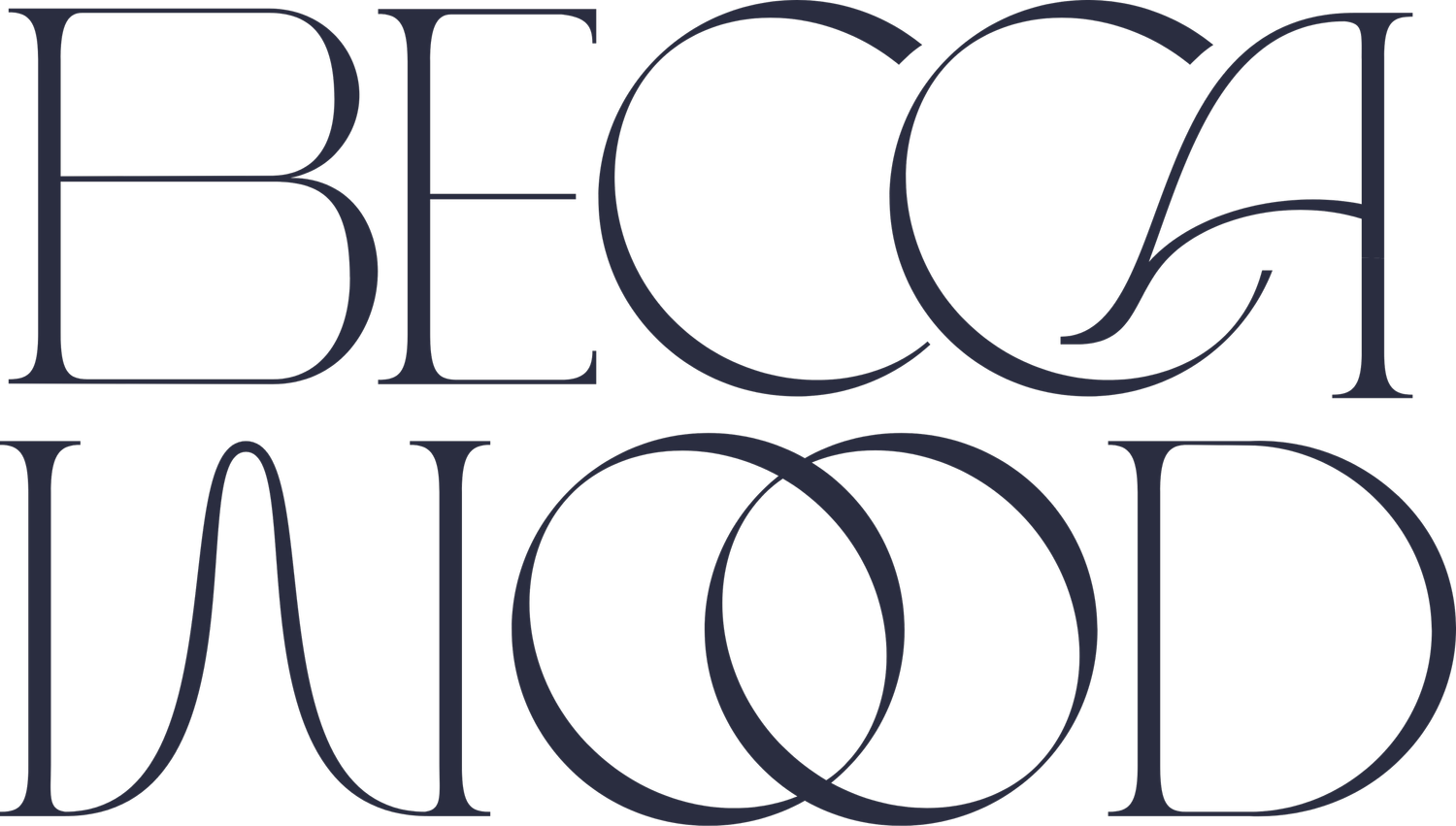Website Design that Converts
I know what you’re thinking. Does website design really matter all that much when it comes to conversions? Can’t I just create a site that looks beautiful, won’t that do the trick?
The answer is yes. And no.
You see, a beautiful website certainly primes your readers. We’ve all been to that one site that looks like it was copyright circa 2000 and we click off about as quickly as Google led us astray with that ad- link.
So yes, beautiful design matters. It encourages readers (potential leads) to stay on your website, and view your business as a legitimate option. It is an extension of your brand feel. And it helps readers to have a sense of comfort (even if it’s just to feel as if you’re still in business!)
But, beautiful design alone isn’t enough.
Intentional website design
Intentionally designing websites goes much beyond something that is nice to look at. It is understanding how human’s eyes scan over a web page (because they scan on screens, not read).
It’s understanding how easy it is for Google to crawl your site. And it’s understanding how to encourage readers to take that next step. Remember your one goal? We definitely talked about that already.
So, how do you design a website intentionally?
First off, get rid of the clutter. I completely get that there are personal preferences at play with my next suggestion, but I’m going to say it anyway because I wouldn’t feel right keeping knowledge from you.
Sidebar
Don’t have a sidebar. Yep. I said it. War on Sidebars… it begins here. If they’re your thing, that’s cool. I want you to have a website design that reflects you and your personality. But, they’re a major distraction.
They’re one more thing that our jumpy, human eyes have to scan over and make sense of… and possibly linger on… and click on. What does that mean? That means that your reader is NOT clicking on the thing you want them to. (Your call to action that leads to your one main goal).
Ads
Ads are dunzo. Is dunzo a word? Maybe it needs to die, like website ads. Sure, I get that they were the way that websites made money back in the day. But let me ask you one question.
After you worked so hard to get a reader onto your site, why would you give them an option to click off of it?
Would you rather make a few cents for that one click? Or a lot of dollars for the sale you’re aiming for?
Okay, that was three questions. But think about it.
Pop-ups
Pop-Ups – Okay this one I have to admit has its pros and cons. I can totally see a pop up working for you if your one main goal is to grow that email list and your pop up offers a highly enticing, perfect-for-your-audience lead magnet.
If the pop up contributes to the one main goal, I’m all about it. But, if your pop up distracts from that goal, it covers your call to action and frustrates your reader to the point that they leave your site. Nope. Not about that life.
Call to action
I know what you’re thinking – why is a call to action the last in this series of designed to convert no’s? Well, it isn’t a no-no. A well crafted, engaging, and clickable call to action is exactly what you want to have. This button tells your reader what to do next and keeps them moving toward your one main goal.
What you do not want to have, however, is too many calls to action. Too much of something is never a good thing. Right? If you have five calls to action above the fold, your reader is going to be left wondering where to go next. If you have that many calls to action my guess is that you don’t have one main goal, and you aren’t talking to one specific person. Both of those are additional no-nos.
Have you found yourself with multiple calls to action? Go back to step one. Figure out your one main goal and the one person you want to speak to. Reassess everything within that framework.
White space
Talking about white space falls under design, sure, but it can also link to copywriting as well. Because white space is all about making your website easy on your reader’s eyes. If words are crammed together in gigantic paragraphs, it doesn’t matter how great they are. No one will read them.
Let your words breathe, let your reader’s eyes have the time to take in the website you worked so hard to create. Adding more space around your words, buttons, images, and other elements can certainly be a design choice, but it is a conversion choice as well.
Strategic website design
Designing your site strategically is really about clarity. Use your design to let your readers know where to go next and how to get to the end goal.
Visually this means making your call to action obvious. Make it clickable. Make it a button.
This also means that you should constantly be scanning your website for elements that may get in the way of your reader taking that designated path. A great way to do this is to ask someone who hasn’t ever seen your website to go to it. Just observe what they click on, where they go, and be silent. Don’t influence them at all.
It also means thinking through strategies that make your reader’s lives easier. If you have designed your home page with a big, bright CTA above the fold, but a reader scrolls instead… what do they do if they get to the bottom of the page and realize they wanted to click that button after all?
If I were thinking through clicks and actions from my reader’s perspective, I’d put a similar CTA at the bottom of my home page too. That way, they don’t get to the bottom and get annoyed to have to scroll all the way back up!
Simplifying your website design and putting yourself in your reader’s shoes will give you a lot of ideas that are very logical. Just keep asking yourself if I had never seen this site before, would I know where to go next?
If the answer is no, figure out how to make that next action more obvious.

